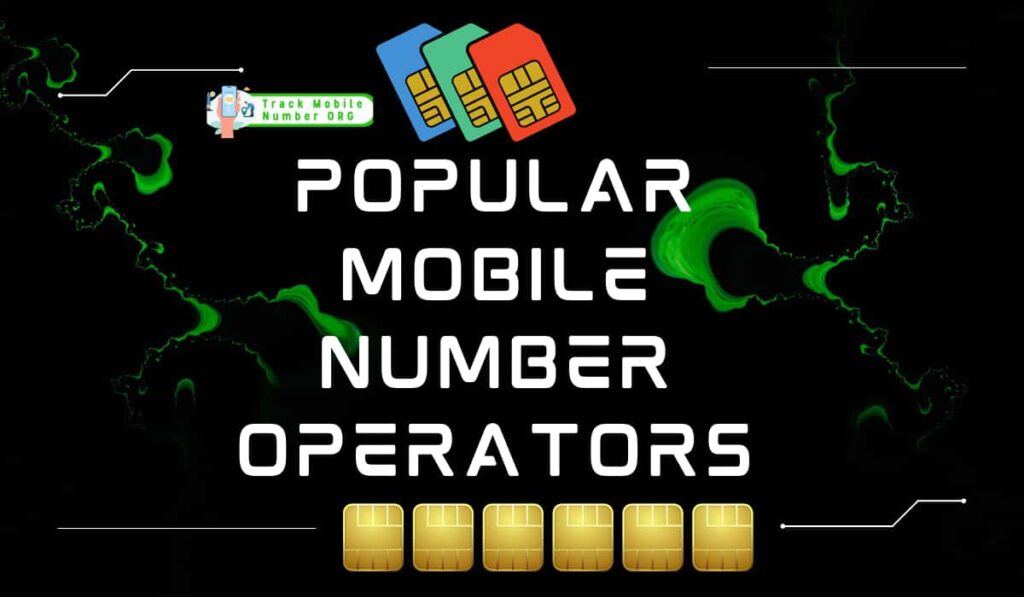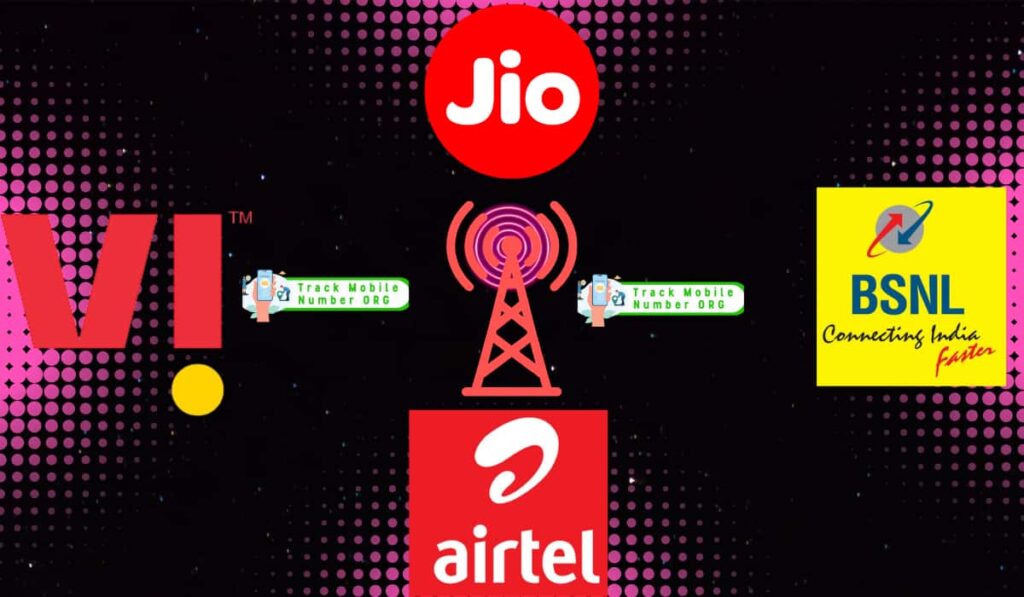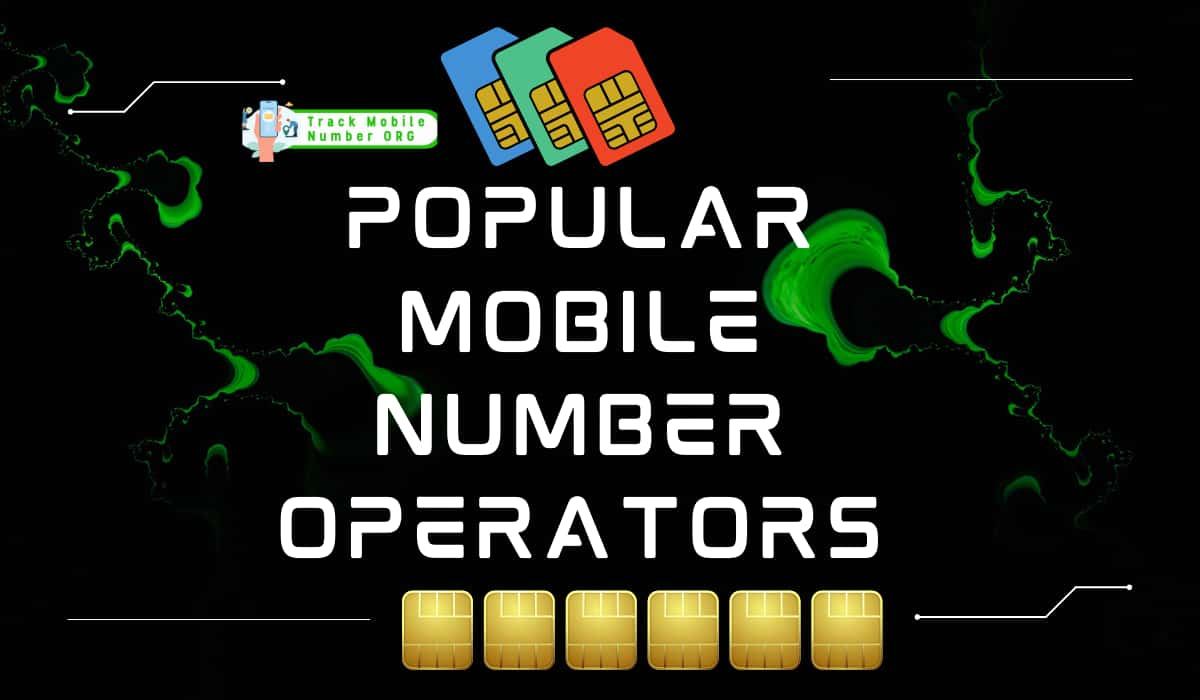Introduction
When you are choosing a mobile operator, it can be confusing because there are so many options available. Each operator offers different services, prices, and network coverage. To make it easier for you, here is a detailed look at the popular mobile number operators in India, along with their upsides and downsides.

1. Jio
Upside:
- Affordable Plans: Jio is known for its low-cost data and call plans. They offer some of the most competitive prices in the market.
- Wide Coverage: Jio provides extensive 4G network coverage across India, even in rural areas. This gives you a good signal almost everywhere.
- Free Voice Calls: All Jio plans come with free voice calls, a big advantage for those who talk a lot.
- High-Speed Data: Jio offers high-speed 4G internet. This makes it ideal for streaming, downloading, and online gaming.
Downside:
- Network Congestion: Sometimes, especially during peak hours, Jio’s network gets congested and gives slower internet speeds.
- Limited International Roaming: Jio’s international roaming services are not as widespread as those of other operators.
2. Airtel
Upside:
- Strong Network: Airtel is known for its strong and reliable network, especially in urban areas. It provides consistent 4G speeds and good call quality.
- Good Customer Service: Airtel has a reputation for providing good customer service, which includes prompt resolution of issues and user-friendly app support.
- International Roaming: Airtel offers excellent international roaming services, covering a wide range of countries.
- Additional Benefits: Airtel gives additional benefits like access to streaming services and Airtel Xstream.
Downside:
- Expensive Plans: Airtel’s plans are generally more expensive compared to other operators like Jio. This might not be ideal if you are on a budget.
- Data Caps: Some Airtel plans have data caps that might limit your internet usage if you are a heavy data user.
3. Vi (Vodafone Idea)
Upside:
- Good Urban Coverage: Vi offers good network coverage in urban areas and provides decent internet speeds and call quality.
- Affordable International Roaming: Vi has affordable international roaming packs.
- Multiple Plans: Vi offers a wide range of plans to suit different user needs, including budget options and premium plans with additional benefits.
Downside:
- Weak Rural Coverage: Vi’s network coverage in rural areas is not as strong as Jio or Airtel, which could be a problem if you live in or travel to these areas.
- Customer Service Issues: Some users have reported issues with Vi’s customer service, including slow response times and difficulty in resolving problems.
- Network Stability: Vi has faced issues with network stability in some areas.
4. BSNL
Upside:
- Government-Owned: Being a government-owned operator, BSNL is trusted by many users, especially in rural areas where it has good coverage.
- Affordable Plans: BSNL offers some of the most affordable mobile plans, especially for voice calls.
- Good Rural Coverage: BSNL has extensive network coverage in rural and remote areas where private operators might not reach.
Downside:
- Outdated Technology: BSNL is still primarily a 3G network in many areas, which means slower internet speeds compared to 4G operators.
- Limited 4G Coverage: While BSNL is rolling out 4G, its coverage is still limited compared to other operators like Jio and Airtel.
- Customer Service: BSNL’s customer service is often criticized for being slow and inefficient.

Conclusion
Which mobile operator to choose depends on your specific needs. Jio offers affordability and widespread coverage and it makes a good option if you are looking for value for money. Airtel is ideal if you want a strong network with additional perks, but you may need to pay more.
Vi might be a good choice if you want flexibility in plans and decent urban coverage, but rural users might face issues. BSNL is reliable for those in rural areas or on a tight budget, but it lags in technology. Evaluate your needs based on these upsides and downsides to select the best mobile operator for you.


